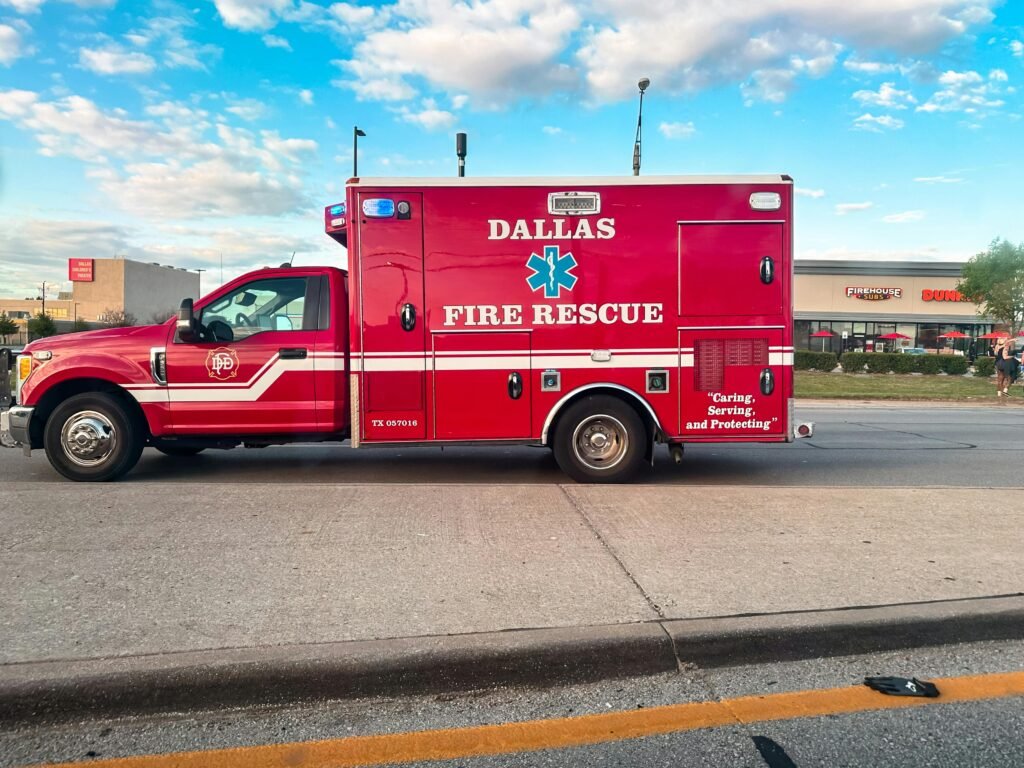As a pug owner, you want nothing but the best for your adorable furry friend. However, it’s important to be aware of the common health concerns that pugs are prone to, so you can take proactive steps to promote their well-being. This article will shed light on the common health issues that pugs face, from breathing difficulties and eye problems to their susceptibility to obesity. By understanding these concerns, you can provide the care and attention necessary to ensure your pug leads a happy and healthy life.

This image is property of images.pexels.com.
1. Brachycephalic Syndrome
Symptoms
Brachycephalic Syndrome refers to a set of respiratory issues commonly seen in brachycephalic breeds such as Pugs. Some of the symptoms you may notice if your Pug is experiencing Brachycephalic Syndrome include difficulty breathing, snoring, wheezing, and excessive panting. Pugs with this condition may also be more prone to fainting and may exhibit a decreased tolerance for exercise.
Causes
The brachycephalic anatomy of Pugs, characterized by their short and flat snouts, is the main cause of Brachycephalic Syndrome. This facial structure often leads to narrowed airways, making it harder for them to breathe properly. Additionally, the soft tissues in the throat of Pugs are more easily obstructed, further contributing to their breathing difficulties.
Treatment and Prevention
If you suspect that your Pug is suffering from Brachycephalic Syndrome, it is important to consult your veterinarian for a proper diagnosis and treatment plan. In some cases, surgery may be required to widen the airways and improve breathing. Additionally, it is crucial to take preventive measures such as avoiding hot and humid environments, providing plenty of water, and avoiding strenuous activities that could exacerbate their respiratory distress.
2. Obesity
Causes
Obesity is a common health concern in Pugs and can have significant consequences on their overall well-being. The primary cause of obesity in Pugs is an imbalance between caloric intake and energy expenditure. Pugs are known for their love of food, and their relatively low activity levels can make weight management challenging. Factors such as overfeeding, inadequate exercise, and genetic predisposition can also contribute to obesity in Pugs.
Health Risks
Obesity can lead to a range of health complications in Pugs, including an increased risk of heart disease, diabetes, respiratory issues, and joint problems. Excess weight puts additional strain on their small bodies, potentially exacerbating existing brachycephalic respiratory issues. It is important to address and manage obesity in Pugs to ensure their long-term health and well-being.
Prevention and Management
Preventing obesity in Pugs involves maintaining a balanced diet and providing regular exercise. Consult with your veterinarian to determine the appropriate caloric intake for your Pug and choose a high-quality, balanced dog food that meets their nutritional needs. Avoid feeding table scraps or excessive treats, as these can contribute to weight gain. Incorporating daily exercise routines such as walks and playtime will help keep your Pug active and prevent weight gain. Regular weigh-ins and monitoring body condition will assist in managing their weight effectively.

This image is property of images.pexels.com.
3. Skin Problems
Allergies
Pugs are susceptible to various skin allergies, which can cause itching, redness, and discomfort. Environmental allergens such as pollen, dust mites, and mold, as well as food allergies, can trigger allergic reactions in Pugs. You may notice your Pug scratching excessively, developing skin rashes, or experiencing hair loss.
Fold Dermatitis
The folds and wrinkles on a Pug’s face and body, while adorable, can also contribute to skin problems. Moisture, heat, and bacteria can get trapped within these folds, leading to fold dermatitis. This condition is often characterized by redness, inflammation, and foul odor. Regular cleaning and drying of your Pug’s skin folds are essential to prevent and manage fold dermatitis.
Treatment and Prevention
If you suspect your Pug has allergies or fold dermatitis, it is crucial to consult with a veterinarian for proper diagnosis and treatment. Treatments may include dietary changes, allergy medications, topical creams, and regular cleaning routines to maintain proper hygiene. Preventive measures such as keeping the environment clean, using hypoallergenic bedding, and regular bathing and grooming can help reduce the risk of skin problems in Pugs.
4. Eye Issues
Corneal Ulcers
Corneal ulcers can occur in Pugs due to the protrusion of their eyes, making them more vulnerable to injury and scratching. Symptoms of corneal ulcers may include excessive tearing, squinting, redness, and sensitivity to light. If left untreated, corneal ulcers can lead to pain, vision loss, and even blindness in severe cases.
Keratoconjunctivitis Sicca (Dry Eye)
Keratoconjunctivitis Sicca, commonly known as dry eye, is a condition characterized by a lack of tear production in the eyes. Pugs are prone to developing this condition, which can lead to dry and inflamed eyes. Signs of dry eye include excessive blinking, redness, discharge, and discomfort.
Proptosis
Proptosis occurs when a Pug’s eye pops out of its socket, usually due to trauma or injury. This is a severe medical emergency that requires immediate veterinary attention. Proptosis can result in vision loss and even loss of the affected eye if not treated promptly.

This image is property of images.pexels.com.
5. Breathing Difficulties
Stenotic Nares
Stenotic nares refers to a narrowing of the nasal passages, commonly seen in brachycephalic breeds like Pugs. This anatomical condition can restrict the flow of air, making it harder for your Pug to breathe properly through their nose. Signs of stenotic nares may include snorting, snoring, and noisy breathing.
Elongated Soft Palate
An elongated soft palate is another respiratory issue often seen in brachycephalic breeds, including Pugs. The soft tissue at the back of the throat can become enlarged and obstruct the airway, making breathing more difficult. Symptoms may include loud and labored breathing, gagging, and regurgitation.
Tracheal Collapse
Tracheal collapse is a condition in which the cartilage rings that support the trachea weaken, causing the trachea to collapse during breathing. This can make it challenging for your Pug to breathe and results in a honking cough, especially during exercise or excitement. Tracheal collapse is more common in older Pugs and can worsen with obesity and respiratory issues.
6. Hip Dysplasia
Symptoms
Hip dysplasia is a developmental condition where the hip joint doesn’t fit properly, causing discomfort and reduced mobility. Common symptoms of hip dysplasia in Pugs may include lameness, difficulty getting up or climbing stairs, a bunny hopping gait, and decreased activity levels.
Diagnosis
If you notice any signs of hip dysplasia in your Pug, it’s crucial to have them evaluated by your veterinarian. Diagnosis typically involves a physical examination, X-rays, and possibly further imaging studies to assess the severity of the condition.
Treatment Options
Treatment options for hip dysplasia in Pugs can range from conservative management to surgical intervention, depending on the severity of the condition. Conservative management may include weight management, physical therapy, hydrotherapy, and pain management medications. In more severe cases, surgical procedures such as hip joint replacement or femoral head ostectomy may be recommended to improve your Pug’s quality of life.
7. Degenerative Joint Disease
Causes
Degenerative joint disease, commonly known as osteoarthritis, is a degenerative condition that affects the joints, leading to pain, stiffness, and decreased mobility. The exact cause of degenerative joint disease in Pugs can vary, but it is often associated with factors such as aging, genetics, obesity, and previous joint injuries.
Symptoms
Signs of degenerative joint disease in Pugs may include lameness, difficulty rising or laying down, stiffness, reluctance to jump or climb stairs, and a noticeable decrease in activity levels. Pugs with this condition may also exhibit behavioral changes, such as irritability and decreased appetite.
Management
Management of degenerative joint disease in Pugs typically involves a combination of medical interventions and lifestyle modifications. Your veterinarian may recommend non-steroidal anti-inflammatory medications, joint supplements, weight management, and physical therapy to manage pain and improve joint function. Providing your Pug with a comfortable and supportive environment, including orthopedic beds and ramps, can also help alleviate the symptoms of degenerative joint disease.
8. Dental Issues
Periodontal Disease
Dental problems, including periodontal disease, are common in Pugs and can lead to discomfort, pain, and even tooth loss. The build-up of plaque and tartar on their teeth can contribute to gum inflammation, infection, and the deterioration of the supporting structures of the teeth. Signs of periodontal disease in Pugs can include bad breath, red and inflamed gums, tartar build-up, and difficulty eating.
Tooth Decay
Tooth decay can occur when the enamel of the teeth starts to break down, often due to poor dental hygiene and a high-sugar diet. Pugs are prone to tooth decay, as their small mouths can make it challenging to clean hard-to-reach areas. Signs of tooth decay may include discoloration, visible cavities, and sensitivity to hot or cold food.
Oral Hygiene Tips
Taking care of your Pug’s oral hygiene is essential to prevent dental issues. Regular brushing of their teeth with a dog-friendly toothpaste and toothbrush can help remove plaque and maintain good oral health. Additionally, offering dental chew toys and incorporating dental treats into their diet can aid in cleaning their teeth. A yearly dental examination and professional cleaning by your veterinarian will also help identify and address any dental problems in your Pug.
9. Heat Sensitivity
Signs of Heatstroke
Pugs are particularly sensitive to heat and can easily succumb to heatstroke, a life-threatening condition. Signs of heatstroke in Pugs may include excessive panting, drooling, rapid breathing, lethargy, stumbling, collapse, and seizure-like activity. If you notice any of these signs, it is crucial to cool your Pug down immediately and seek veterinary assistance.
Prevention
Preventing heatstroke in Pugs involves being mindful of their exposure to hot and humid environments. Avoid leaving your Pug in a car, as temperatures can quickly rise to dangerous levels. Provide ample shade and fresh water when outdoors, and consider using cooling vests or mats to regulate their body temperature during hot weather.
Cooling Techniques
If your Pug shows signs of overheating, you can help cool them down by placing cool (not ice-cold) towels or wet blankets on their body, focusing on their armpits and groin area. You can also offer small amounts of water to drink or use a fan to enhance air circulation. It is crucial to monitor their temperature and seek veterinary assistance if their condition does not improve.
10. Emotional Well-being
Separation Anxiety
Pugs are known to experience separation anxiety, which is a condition where they feel extreme distress when separated from their owners. Signs of separation anxiety in Pugs may include excessive barking or howling, destructive behavior, and toileting accidents in the house. Separation anxiety can significantly impact a Pug’s emotional well-being and requires patience and appropriate management.
Enrichment Activities
Enrichment activities can play a crucial role in promoting the emotional well-being of Pugs. Interactive toys, food puzzles, and chew toys can provide mental stimulation and help distract your Pug when they are alone. Engaging in regular playtime and training exercises can also help build confidence and strengthen the bond between you and your Pug.
Preventing Stress
Preventing stress in Pugs involves creating a calm and secure environment. Avoid sudden loud noises, excessive handling, and changes in routine that may trigger anxiety. Providing a designated comfortable and safe space, such as a crate or a cozy bed, can give your Pug a sense of security. It’s also important to establish a consistent daily routine and ensure they receive plenty of exercise and social interaction to help prevent stress and anxiety.
Promoting the well-being and addressing common health concerns in Pugs requires a combination of veterinary care, proper diet and exercise, and a nurturing home environment. By being proactive in the care of your Pug and addressing any health issues promptly, you can ensure that they lead a happy and healthy life.



